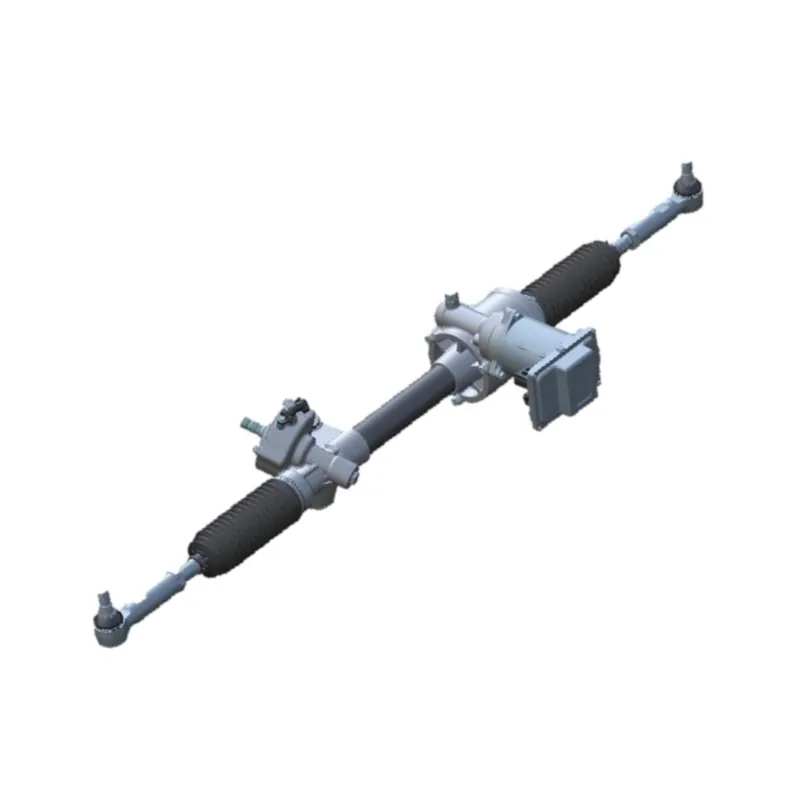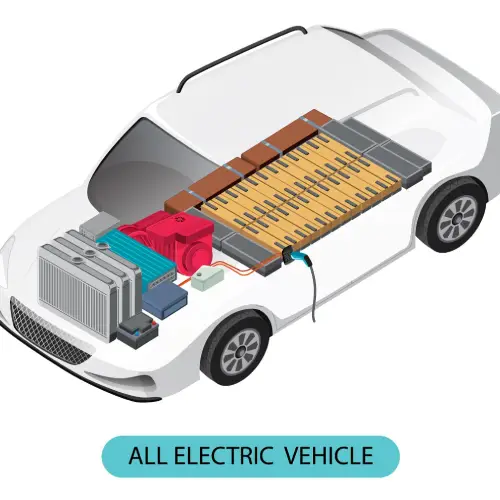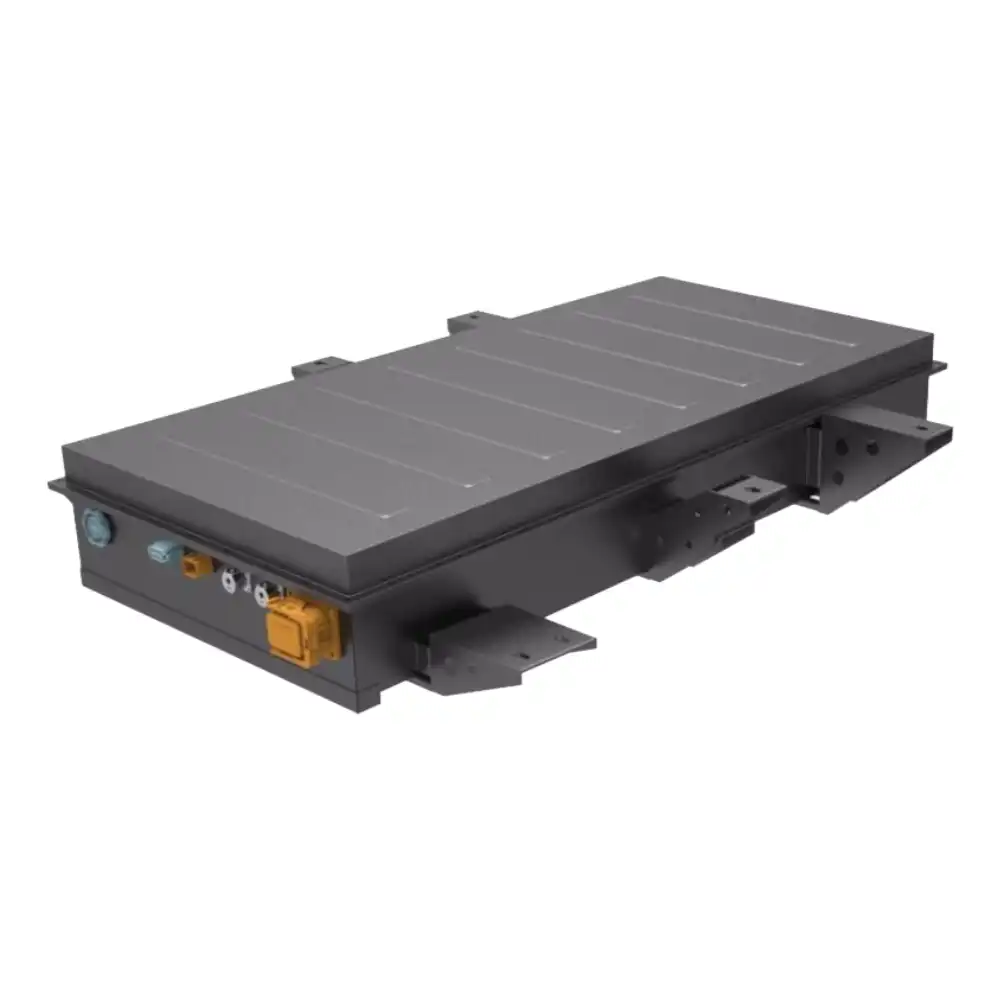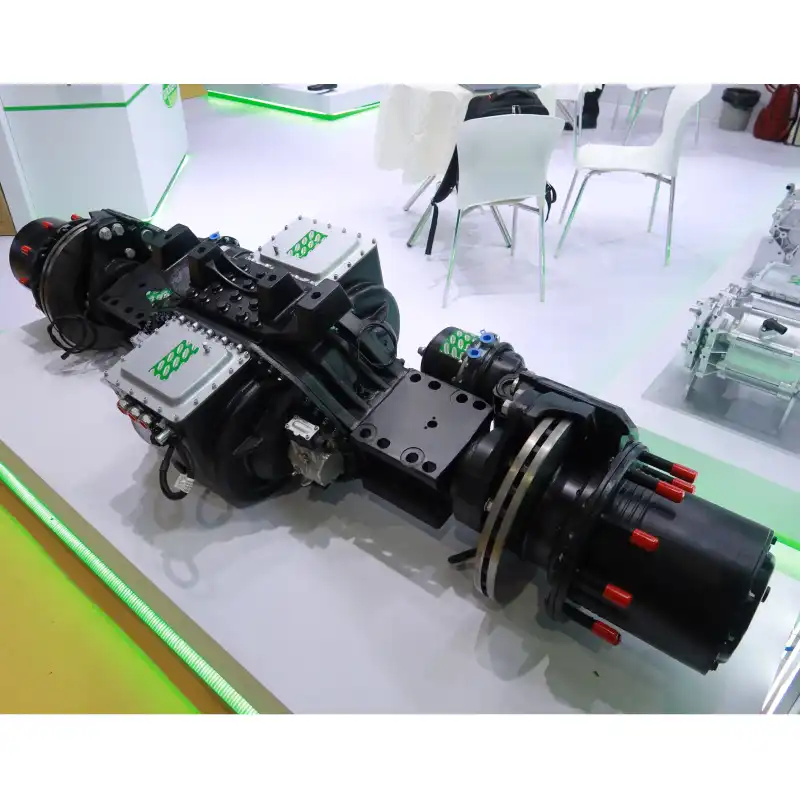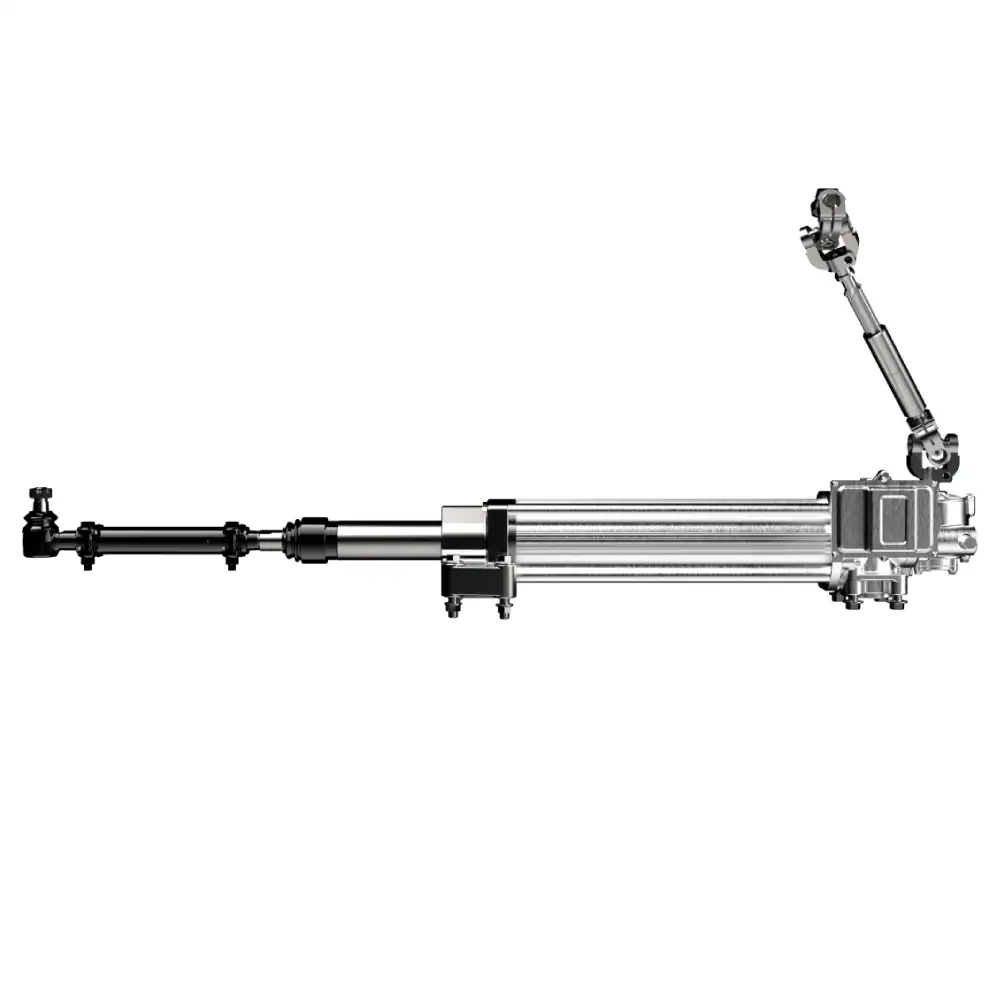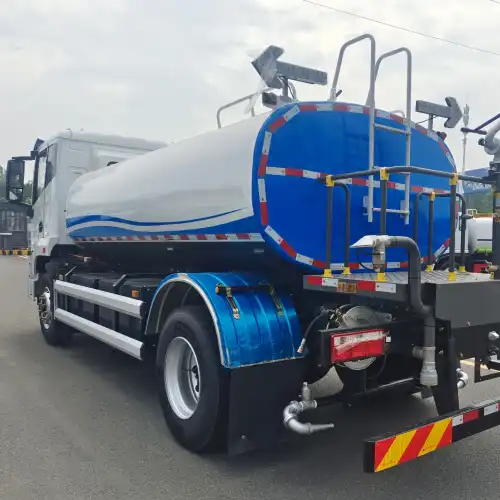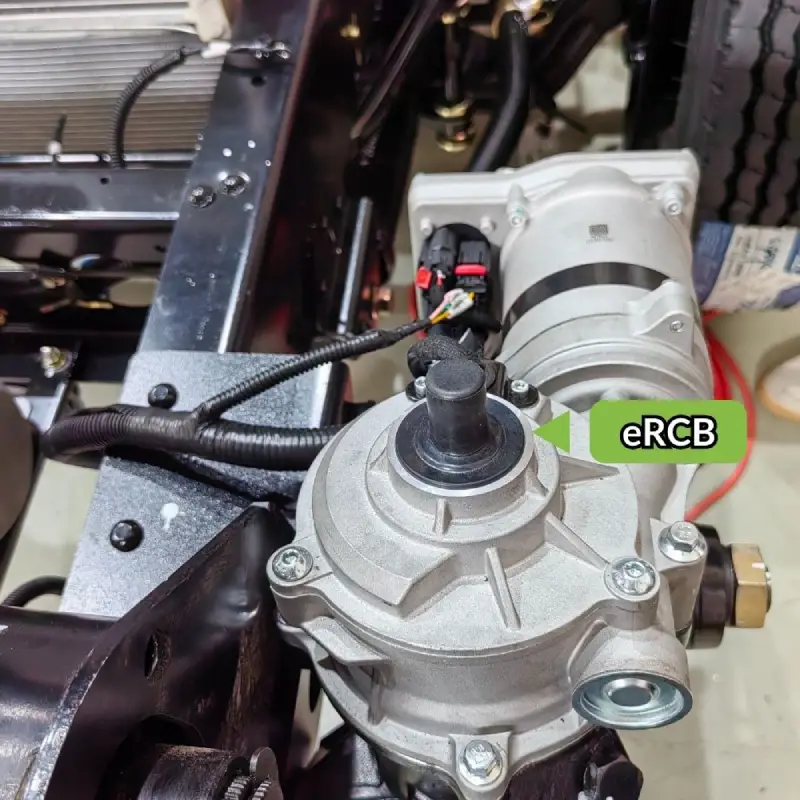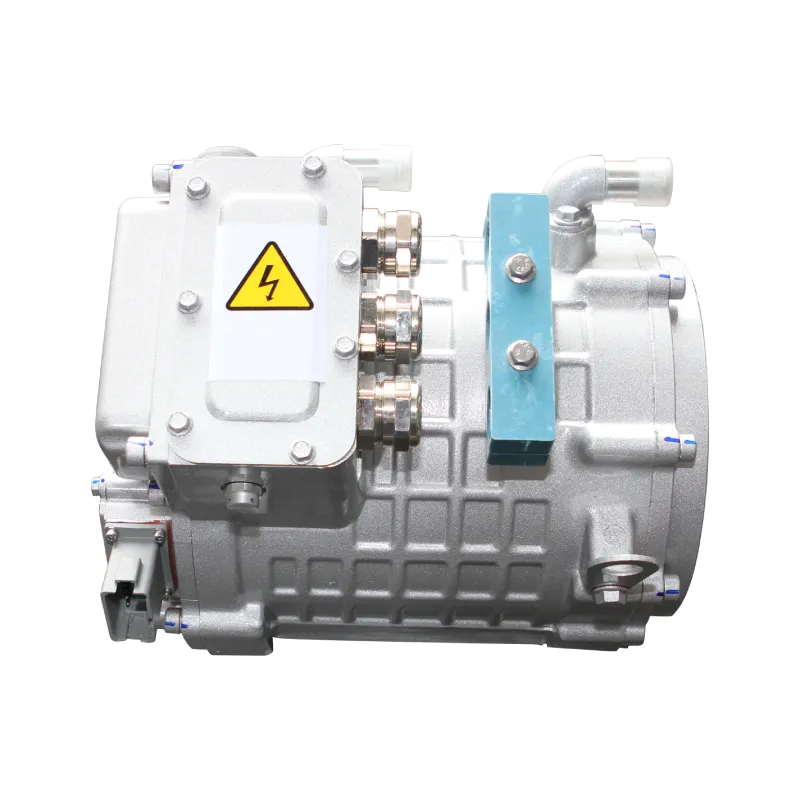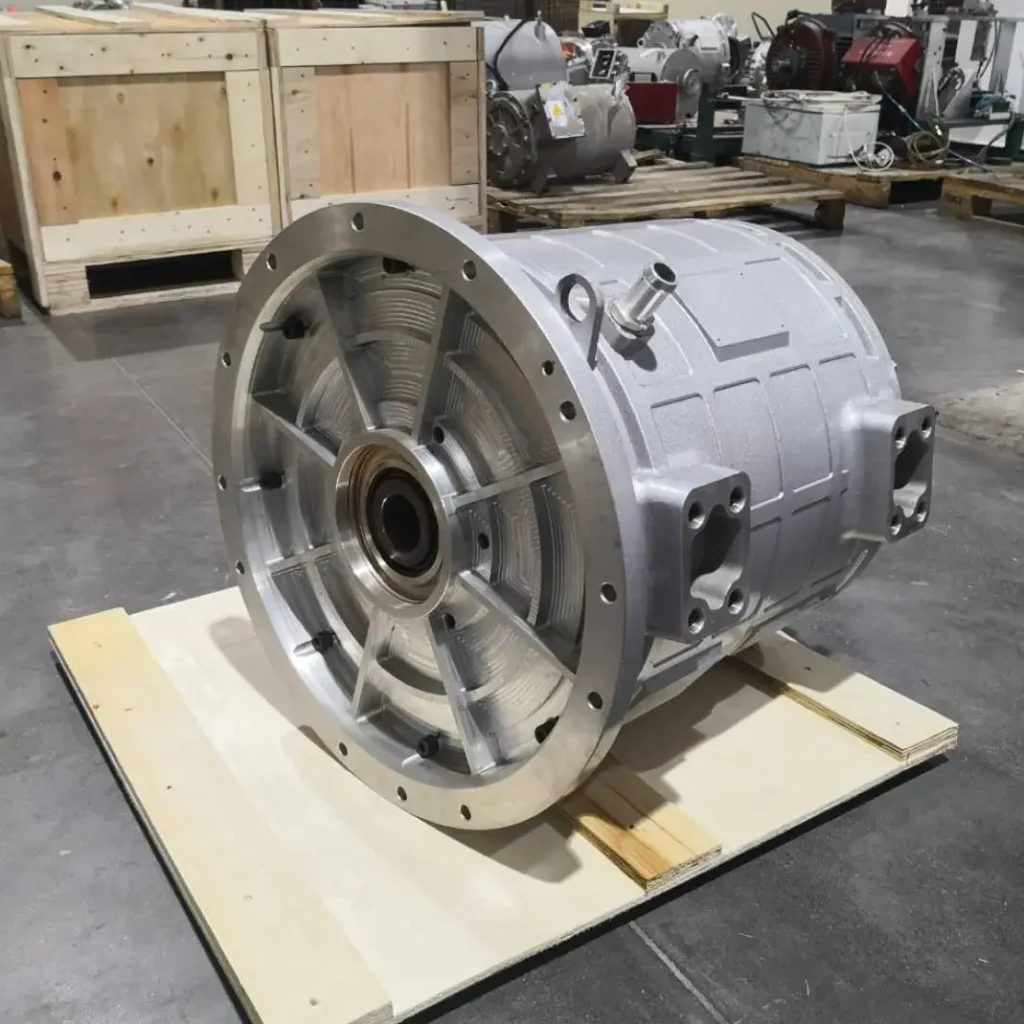How to Design a BEV Traction Battery System? – Overview
Designing Better BEV Traction Battery Systems Brief Introduction Designing a suitable traction battery system for Battery Electric Vehicles (BEVs) is crucial for ensuring optimal performance, safety, and longevity of the vehicle. As BEVs become increasingly popular due to their environmental benefits and efficiency, the demand for advanced battery systems continues to grow. A well-designed traction battery system not only meets the power and range requirements of the vehicle but also addresses critical factors such as safety, cost, and environmental impact. In this blog, we will explore the key aspects of designing a traction battery system, including safety and performance requirements, issues to be addressed, design processes, and the information needed about the vehicle to achieve a perfect design, as well as a detailed case study of designing a battery system. Purpose of the EV Traction Battery System Design To provide a traction battery system with optimal performance based on the design requirements of the entire vehicle. Safety performance requirements Electrical performance requirements Battery selection and system configuration Issues to be Addressed Design structure and process within allowable size and weight to meet the vehicle’s power requirements Find simple and feasible processes Reduce costs Improve technical performance where conditions permit Address and resolve environmental pollution issues EV Traction Battery Design Process Understand vehicle requirements Design system power Design system capacity Thermal design System integration Simulation and validation Parameters to Determine and Issues to Address 1. Electrical Characteristics Nominal voltage and operating voltage range; Nominal capacity and available capacity range; Regular discharge current of the traction battery system; Charging requirements of the traction battery system. 2. Power Characteristics Maximum output power and duration of the traction battery system; Maximum regenerative power and duration of the battery system. 3. Environmental Characteristics Operating temperature range of the traction battery system; Charging temperature range; Storage temperature range. 4. Physical Characteristics Structural and dimensions of the traction battery system; Quality of the traction battery system; Other mechanical performance and protection requirements. 5. BMS Requirements Management and protection functions of the BMS; Determination of battery SOC and SOH; Communication methods and transceiver design requirements; Control requirements and communication protocols. 6. Vehicle Interface Requirements Physical interfaces: battery installation, fixing methods, space orientation of cooling medium, and related pipelines; Electrical interfaces: vehicle harness definition and technical specifications, connector model, and pin definitions; Communication interfaces: communication with the vehicle, internal communication of the BMS, communication with the charger. Information Needed About the Vehicle The more detailed the understanding of the vehicle, the more perfect the traction battery system design will be. Not only the motor and vehicle control strategies but also the vehicle’s mass, dimensions, space, and operating conditions must be thoroughly understood: Vehicle parameters Vehicle motor parameters Required driving range of the vehicle Regenerative power Installation space dimensions of the traction battery system and installation and fixing requirements Quality requirements of the traction battery system Charging methods and interfaces Vehicle operating conditions Operating environment temperature range Charging environment temperature range Power requirements of auxiliary systems Characteristic parameters of the auxiliary battery Traction Battery System Design Steps Determine vehicle design requirements Determine motor requirements Determine power requirements of the traction battery system Determine the voltage range of the traction battery system Determine the type of batteries required for the traction battery system Determine the SOC application range of the traction battery system Determine the effective and actual capacity range of the traction battery system Determine the combined structure of the traction battery system Determine the BMS requirements of the traction battery system Determine the interfaces of the traction battery system Determine other methods such as cooling methods, gas sources, and charging methods Simulation and validation Design optimization Case Study With the following parameters for a BEV, explore how to design a suitable traction battery system to ensure optimal performance, safety, and efficiency. Curb weight: 12600 kg Gross weight: 17150 kg Wheelbase: 5980 mm Frontal area: 7.95 m² Transmission system efficiency: 0.92 Aerodynamic drag coefficient: 0.7 Rolling resistance coefficient: 0.0076+0.000056Vv Required acceleration time: 13 s Required driving range: 200 km (average speed at 40 km/h) Power consumption for electronic accessories and air conditioning: 8 kW Step 1: Determine the vehicle’s power requirements The power balance relationship of an automobile should satisfy: The vehicle power requirement (Pv1) corresponding to the maximum vehicle speed is: The vehicle power requirement (Pv2) corresponding to the maximum climbing grade αm is: The vehicle’s power requirement Pv3 for accelerating from a standstill to a specified acceleration time T is given by the following formula. The required power during full-throttle acceleration is Pv3. The power requirements of the vehicle under different conditions – maximum speed, maximum climbing gradient, and full acceleration – are as follows: 98.7 kW, 91.8 kW, and 65 kW, respectively. Step 2: Determine the system voltage range Based on the selected motor for the vehicle, determine the nominal voltage and voltage application range of the traction battery system. Standards require that the motor and controller safely handle the maximum current within 120% to 75% of the rated voltage. Additionally, the DC bus voltage should not fall below 80% of the motor’s rated voltage. For instance, if the vehicle uses a 384 V motor, the battery system should operate within a voltage range of 300 to 460 V. In this case, a lithium iron phosphate (LiFePO4) battery system with 120 cells connected in series is selected. Step 3: Determine the maximum output power / current of the system Power supply system power requirements: the motor power is 110 kW. Assuming the motor efficiency and controller efficiency are 0.9 and 0.95, respectively, and the power for electronic accessories and air conditioning is 8 kW, the minimum power required by the power supply system is calculated as follows: 110/(0.9×0.95)+8=137 kW Maximum output current: the system’s nominal voltage is 384 V. For high-power output, it’s calculated at 10% below the nominal voltage: Idmax=Pmax/V=137000/(384×0.9)=396 A Duration: the duration should meet the requirements of the entire vehicle, taking into account the SOC requirements (the maximum power demand at 30% SOC). Design redundancy: ensuring a 30%

